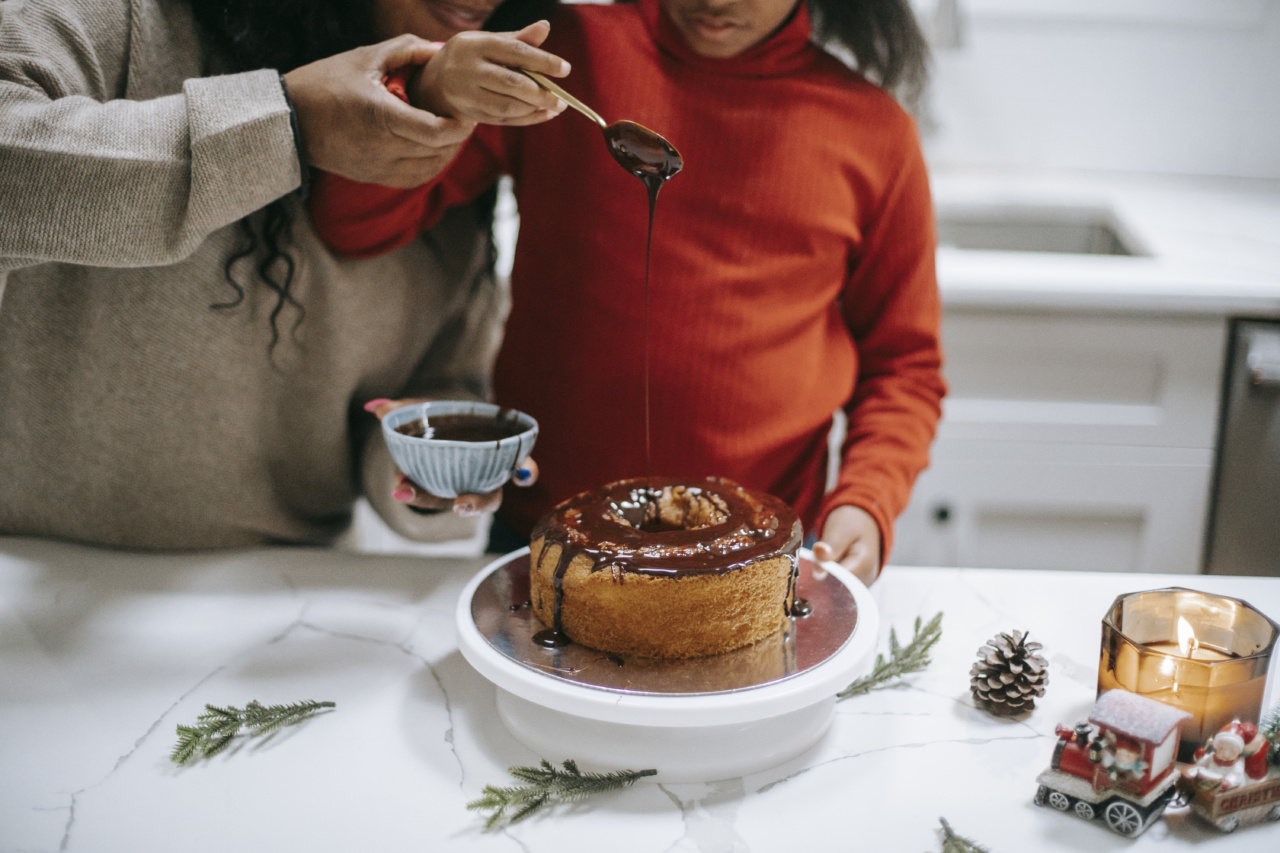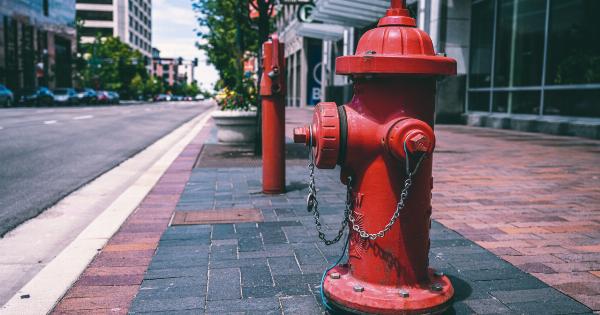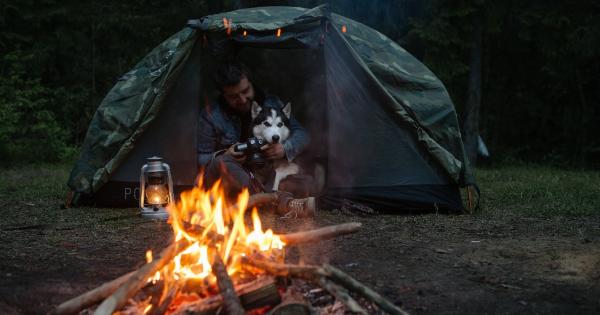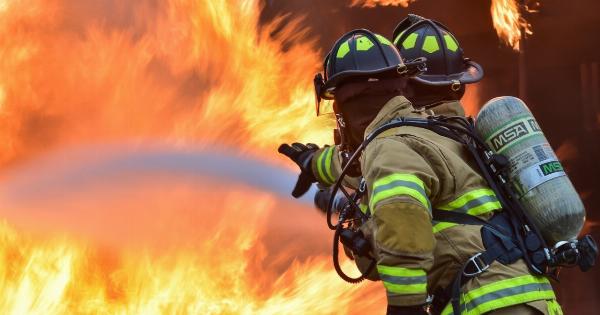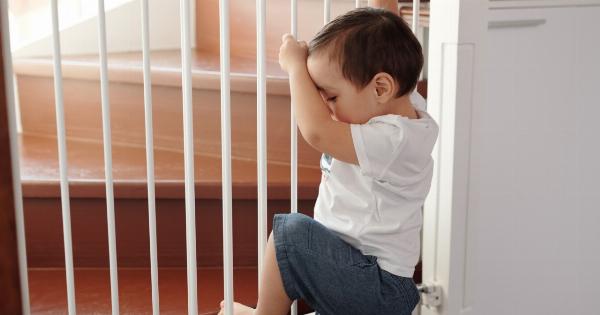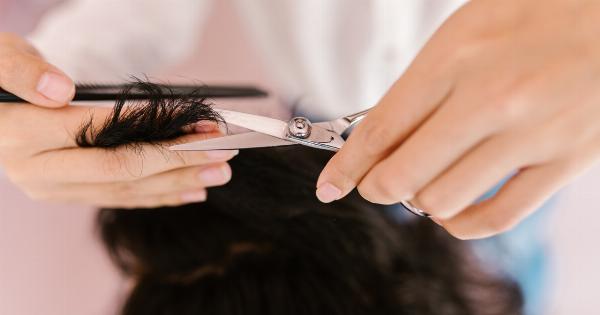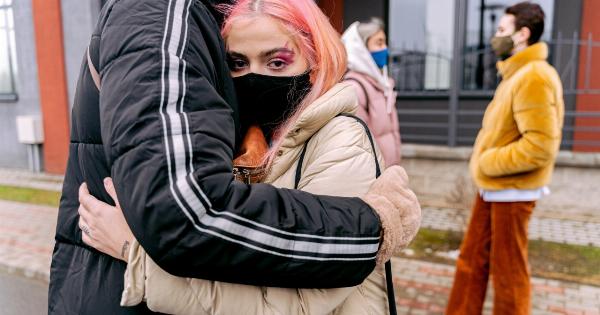During the holiday season, accidents can happen, and it’s important to be prepared for any mishaps that may occur. One common type of injury that often occurs during the holidays is burns.
Whether you accidentally touch a hot oven or get a little too close to a firework, knowing how to properly treat burns is crucial. In addition to burns, other injuries can also happen, such as cuts, sprains, and bruises. This ultimate guide will provide you with the necessary knowledge to handle these injuries effectively and ensure a safe holiday season.
Preventing Burns and Injuries
Prevention plays a key role in avoiding burns and injuries during the holidays. By taking a few precautions, you can significantly reduce the chances of accidents occurring. Here are some preventative measures you can take:.
1. Fire Safety
One of the leading causes of burns during the holidays is improper handling of fire sources. Use caution when lighting candles, and always keep them out of reach of children and pets.
Ensure that Christmas lights and electrical decorations are in good working condition and do not overload outlets. When using a fireplace, use a screen to prevent sparks from flying out and always extinguish the fire before leaving the room or going to bed.
2. Cooking Safety
When preparing holiday meals, it’s essential to be cautious in the kitchen. Keep pot handles turned inward to prevent accidental spills. Use oven mitts when handling hot pans or dishes, and avoid wearing loose clothing that could catch fire.
Keep a fire extinguisher within reach in case of a kitchen fire.
3. Childproofing
If you have young children visiting or are hosting a family gathering, make sure your home is childproofed. Secure heavy furniture to prevent tipping accidents, cover electrical outlets, and keep sharp objects out of reach.
This will minimize the risk of injuries and burns.
Treating Burns
Despite preventive measures, burns can still occur. Knowing how to treat burns promptly can promote healing and minimize pain. Here’s what you need to do:.
1. Assess the Severity
Burns are classified into three categories: first-degree, second-degree, and third-degree. First-degree burns are the mildest, affecting only the outermost layer of skin. They cause redness, pain, and minor swelling.
Second-degree burns are more severe, affecting deeper layers of skin and causing blisters. Third-degree burns are the most severe, involving all layers of the skin and potentially underlying tissues. Seek medical assistance for second and third-degree burns.
2. Cool the Burn
For first-degree burns, immediate cooling is crucial. Hold the burned area under cool (not cold) running water for 10-20 minutes. If running water is not available, use a cool, wet compress on the burn.
Avoid using ice, as it can cause further damage to the skin.
3. Cleanse and Apply Dressing
Gently cleanse the burn with mild soap and water, removing any dirt or debris. Avoid scrubbing the area as it may cause further damage. After cleaning, apply a sterile, non-stick dressing to protect the burn from infection.
4. Over-the-Counter Pain Relief
If the burn is causing pain, over-the-counter pain relievers like ibuprofen can help alleviate the discomfort. Follow the recommended dosage guidelines on the packaging.
5. Watch for Signs of Infection
Monitor the burn for signs of infection, such as increased redness, swelling, pus, or fever. If any signs develop, seek medical attention promptly.
Treating Other Injuries
In addition to burns, other injuries can happen during the holiday season. Here’s how to handle common ones:.
1. Cuts
If you or someone else gets a cut, start by applying gentle pressure with a clean cloth to control bleeding. Clean the wound with mild soap and warm water, and apply an antibiotic ointment before covering it with a sterile bandage.
Seek medical help if the cut is deep, won’t stop bleeding, or shows signs of infection.
2. Sprains and Strains
If you twist or sprain a joint, immediately rest, ice, compress, and elevate the injured area (R.I.C.E method). Avoid putting weight on the injured limb, and use a compression bandage to provide support.
If the pain is severe or the joint looks deformed, you should consult a healthcare professional for further evaluation.
3. Bruises
Bruises can be treated with cold compresses to help reduce swelling and relieve pain. If necessary, over-the-counter pain relievers can provide additional relief.
However, if bruising is severe, doesn’t fade after a few weeks, or is accompanied by intense pain, it’s best to consult a doctor.
Conclusion
By taking preventative measures and being prepared to treat burns and injuries, you can ensure a safe and enjoyable holiday season.
Remember to keep a well-stocked first aid kit with basic supplies handy and have emergency contact numbers readily available. Educating yourself and your loved ones on basic first aid can make a significant difference in handling common accidents that may occur during holiday festivities.
